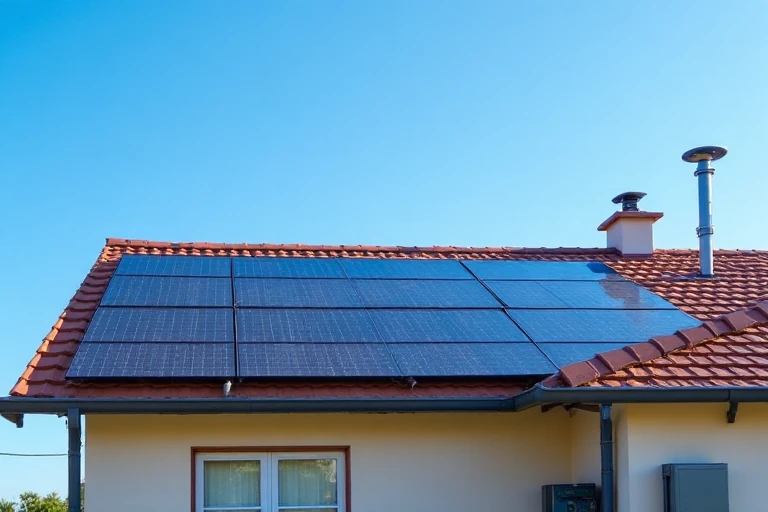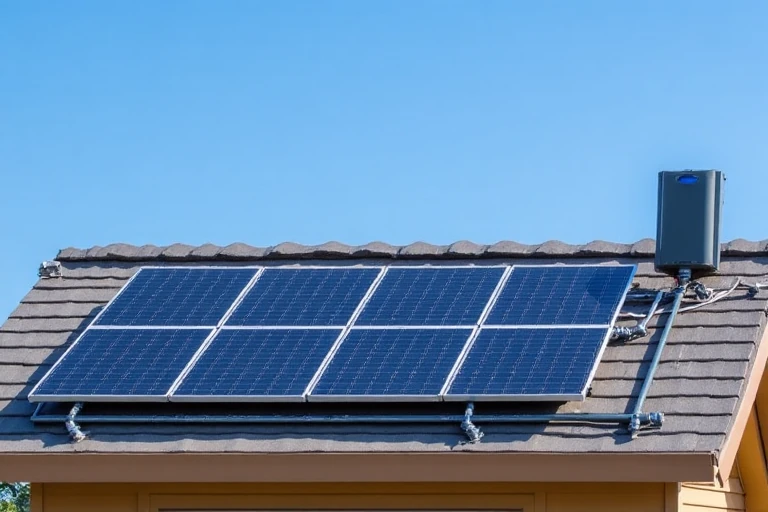As the world moves towards sustainable energy solutions, solar power has become a cornerstone of renewable energy strategies. From residential rooftops to large commercial solar farms, the efficiency and safety of solar installations hinge on the quality and proper utilisation of components—particularly solar power cables. In this comprehensive guide, we explore the vital role of solar power cables, their types, installation best practices, and how they integrate into broader solar energy systems for optimal performance.
The Critical Role of Solar Power Cables
Solar power cables serve as the vital conduits that transmit electrical energy generated by photovoltaic (PV) panels to inverters, batteries, and the grid. They must withstand various environmental factors, including UV radiation, temperature fluctuations, moisture, and physical stress. Ensuring the right choice and correct installation of solar cables directly influences system safety, longevity, and efficiency.
Types of Solar Power Cables
Choosing the appropriate solar power cable is crucial. The most common types include:
- Photovoltaic (PV) Cables: Specially designed for solar applications, these cables are typically double-insulated and UV resistant. They come in various gauges depending on the current load.
- Single-Core and Multi-Core Cables: Single-core cables are often used for connecting individual panels, while multi-core cables are suitable for larger setups and complex wiring configurations.
- Flexible vs. Rigid Cables: Flexible cables facilitate easier installation, especially in tight spaces, whereas rigid cables offer durability for fixed installations.
Technical Specification Essentials
When selecting solar power cables, consider the following specifications to ensure safety and efficiency:
- Voltage Rating: Typically, PV cables are rated for 600V or higher, suitable for most residential and commercial systems.
- Temperature Range: Cables should operate safely within -40°C to +90°C, accommodating environmental extremes.
- UV and Weather Resistance: The outer sheath must resist UV radiation, moisture, and abrasion to prevent degradation over time.
- Fire Resistance: Fire-retardant cables reduce risk in case of faults.
Proper Installation Practices
To optimise solar power system performance, adhering to best installation practices is essential:
- Correct Cable Sizing: Using appropriately rated cables prevents voltage drops and overheating. Oversized cables reduce resistance and energy loss.
- Secure and Protected Wiring: Use conduit, trunking, or raceways to protect cables from physical damage, UV exposure, and environmental elements.
- Routing and Management: Keep cables neat, avoiding sharp bends and ensuring adequate slack for maintenance. Proper cable management reduces wear and potential fault points.
- Connection Quality: Use compliant connectors and ensure tight, corrosion-resistant terminations to prevent power loss and hazards.
Ensuring Safety Compliance
Safety is paramount in any solar installation:
- Grounding and Earthing: Proper grounding of cables and panels prevents electrical shocks and equipment damage.
- Overcurrent Protection: Incorporate appropriate fuses and circuit breakers to prevent overloads.
- Compliance with Standards: Follow local wiring regulations and standards such as BS 7671 (IET Wiring Regulations) in the UK.
Integration with System Components
Solar power cables connect seamlessly with other system components, including:
- Monocrystalline Solar Panels: High-efficiency panels generate substantial energy, requiring durable cabling to handle higher currents.
- Inverters and Battery Chargers: Convert DC to AC and manage energy storage, relying on high-quality cables for safe transmission.
- Batteries (e.g., Lithium LiFePO4 12V): Store excess energy for later use; cables must support high currents safely.
- Additional Devices: Components like photocells, timers, and LED lighting systems also interface with solar power systems via specialised cabling.
Maintenance and Longevity
Regular inspection of solar power cables enhances safety and system longevity:
- Visual Checks: Look for signs of wear, cracking, or discolouration.
- Connection Tightness: Ensure connectors remain secure, especially after adverse weather.
- Cleaning and Protection: Keep cables free from debris and ensure protective coverings are intact.
Future Trends and Innovations
Advancements in solar cabling technology include:
- Smart Cables: Incorporate sensors for real-time performance monitoring.
- Enhanced Durability: New materials offer better resistance to extreme weather.
- Simplified Installation: Pre-assembled cable kits streamline setup for DIY enthusiasts and professional installers alike.

Broader Energy Efficiency Considerations
While solar power cables are crucial, integrating other energy-saving products can amplify system efficiency:
- Thermal Pipe Insulation: Keeps heat loss minimal in solar water heating setups.
- Energy Saving Bulbs and LED Lighting: Reduce overall energy demand, easing the load on solar systems.
- Water-Saving Devices: Low flow showerheads and aerators complement solar hot water installations by conserving water, reducing energy for heating.
Complementary Renewable Technologies
Expanding on solar, other renewable options like wind turbine generator kits and solar water heating kits diversify energy sources, offering resilience and flexibility. Proper cabling ensures these systems operate safely and effectively, integrating into comprehensive renewable energy solutions.
Conclusion
Solar power cables are the backbone of safe, efficient, and durable solar energy systems. Selecting the right type, adhering to proper installation practices, and maintaining cables regularly can significantly enhance system performance and longevity. As renewable energy adoption accelerates, understanding the nuances of solar cabling and its integration with other energy-saving devices is vital for both professionals and homeowners committed to a sustainable future.
